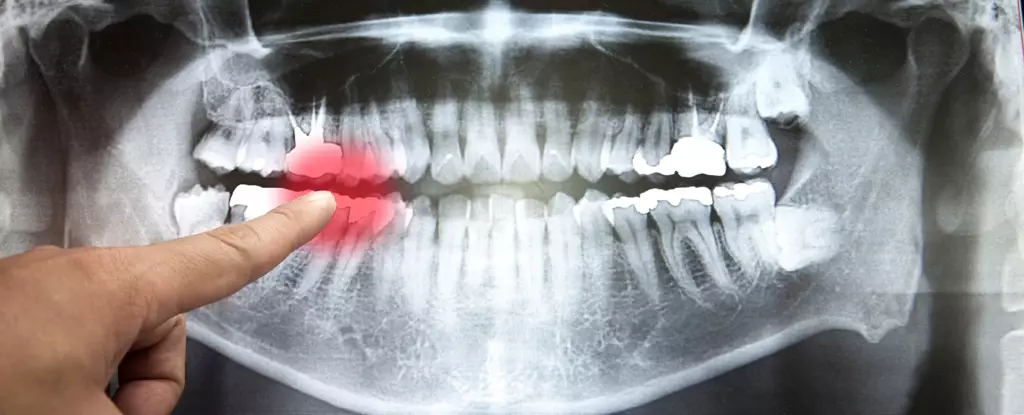As we age, our teeth go through several changes that can impact their health and appearance. Understanding these changes and taking proactive measures can help ensure that your smile lasts a lifetime.
The tooth crown consists of a hard enamel coat that surrounds a softer, brown dentine layer. Enamel is a complex structure made up of brittle strands that interact with light to create the pearly, milky appearance of our teeth. Dentine, on the other hand, forms most of the tooth crown and root. Collagen, minerals, water, and proteins make up the dentine, providing it with elasticity and strength.
Over time, however, our teeth become more brittle as dentine loses its elasticity. This brittleness can lead to fractures, especially in teeth with existing crack lines, large fillings, or root canal treatments. Additionally, the outer surface of enamel thins, revealing the darker dentine underneath. The dentine darkens due to the stiffening and shrinking of collagen weave, as well as the mineral filling the tubules within it.
Food and drink particles can also contribute to tooth discoloration and staining. These particles fill in micro-gaps and fine crack lines on the enamel, leading to a dull and stained appearance. Fortunately, tooth whitening can effectively manage these stains and restore your smile’s brightness.
To maintain the health and longevity of your teeth, consider incorporating the following practices into your oral care routine:
1. Avoid using your teeth as tools: Using your teeth to hold or open objects can lead to fractures and damages. Use appropriate tools instead.
2. Protect against grinding or clenching: If you grind or clench your teeth, consider wearing a night guard to prevent excessive forces on your teeth.
3. Use appropriate dental materials: If you have large fillings or root canal-treated teeth, speak to your dentist about using specific filling materials or crowns to protect them from further damage.
4. Distribute chewing forces evenly: If you’re missing molars or premolars, make sure to distribute chewing forces evenly to prevent overloading your remaining teeth. Consider replacing missing teeth with bridges, implants, or dentures to support your bite.
5. Choose gentle toothbrushes and toothpaste: Select soft-bristled toothbrushes and non-abrasive toothpaste to minimize enamel and dentine loss. Avoid using whitening toothpaste that may contain abrasive ingredients.
6. Reduce acid exposure: Acidic foods and illnesses like reflux or vomiting can erode enamel. Minimize your exposure to acidic substances to maintain enamel health. Additionally, dry mouth caused by age-related changes or certain medications can also increase the risk of enamel erosion. Speak to your doctor for medication options to improve saliva production or manage reflux disease.
7. Treat gum disease: Treating gum disease can help reduce gum recession and prevent the exposure of the darker, more vulnerable tooth roots. Proper oral hygiene practices and regular dental check-ups are essential to combat gum disease.
It’s important to note that aging can affect various aspects of our overall health, including our oral health. Chronic illnesses, such as Alzheimer’s disease, diabetes, osteoporosis, and heart disease, can impact the health of our teeth and gums. Managing lifestyle factors like smoking, uncontrolled diabetes, and chronic infections, such as gum disease, can help prevent cellular damage and reduce the risk of developing these conditions.
Additionally, age-related changes in cognition, hand dexterity, and eyesight can make it challenging to maintain proper oral hygiene. If you’re experiencing limitations in cleaning your teeth and gums effectively, reach out to your dental care team. They can provide professional cleanings and recommend products or tools that suit your specific situation and abilities.
As we age, it’s crucial to prioritize our oral health to maintain a healthy and vibrant smile. By understanding the changes that occur in our teeth and implementing preventive measures, such as protecting against fractures, reducing acid exposure, and managing chronic illnesses, we can ensure that our smiles last a lifetime. Remember to consult with your dentist regularly for professional guidance tailored to your unique needs.


Leave a Reply